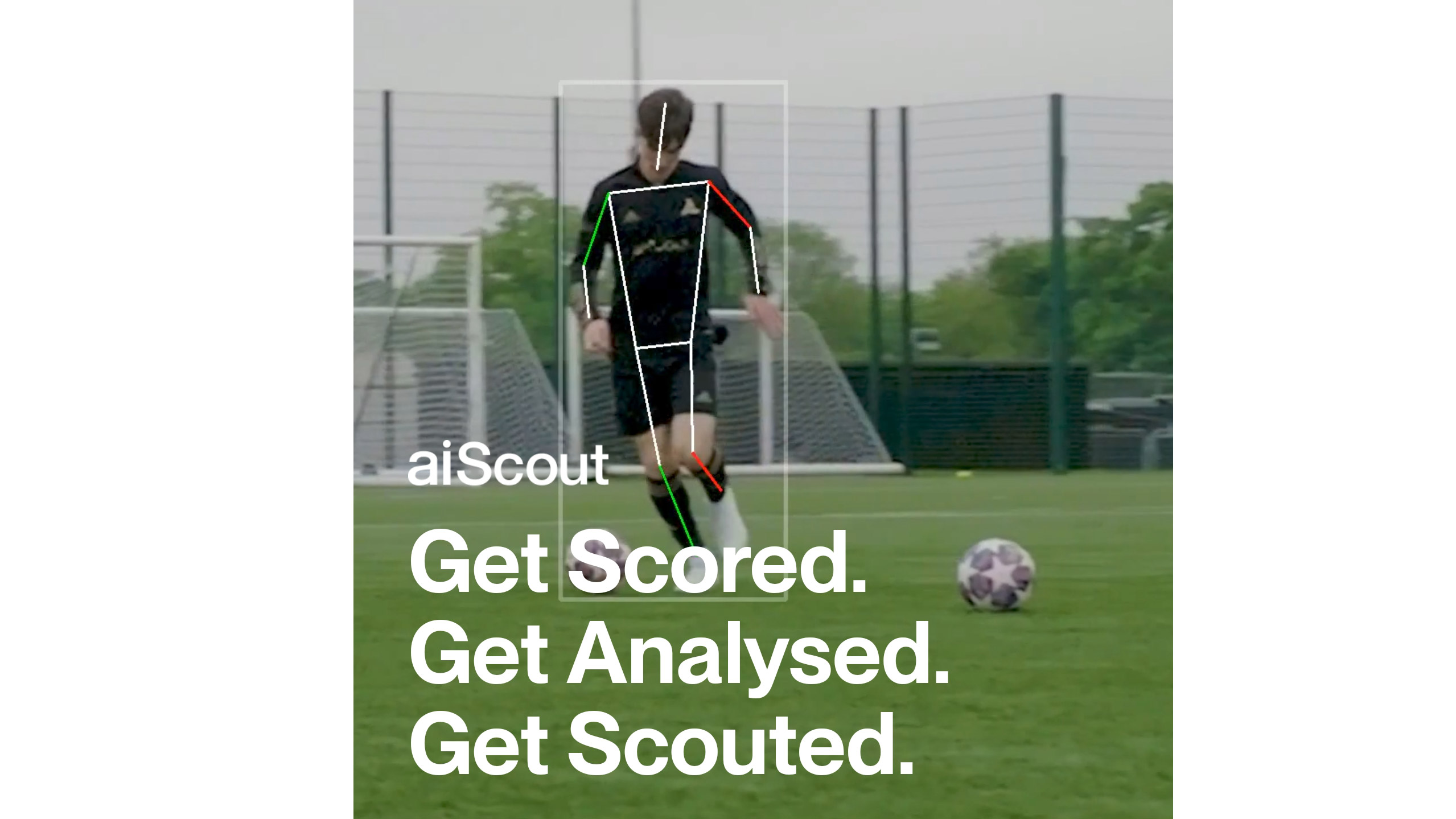I got workout tips from an AI fitness coach, and it feels like the future of athletic performance tech
I tried ai.io’s impressive 3DAT movement tracking

In the corner of a jam-packed Barcelona conference center, I probably looked a bit unusual. While other smartly-dressed MWC 2024 attendees shuffled past me, otherwise chatting amiably, buried in their phones, or ogling the latest technology, I received at least several weird looks. That’s because I was sprinting on the spot and sprinting hard, trying to pull my knees higher each time, despite the fact I was dressed in jeans and flat-soled vans.
A camera was in front of me, linked to a mirror-length smart display guiding me through a few simple workout drills. I had to run on the spot, jump from side to side, and execute a single squat jump. There was also a “pop the bubble as fast as you can” Xbox Kinect-style cognitive reaction game played on the smart display’s touch-screen.
Behind the scenes, artificial intelligence was analyzing my performance and, once the trial was finished, it provided me with the sort of information you might expect to get on the best Garmin watches: measuring my explosive power, speed, coordination, agility, and other metrics, all in simple scores out of 100.
This was one of the more entertaining interactive displays I got involved with at MWC, but behind the sprinting, jumping, and bubble-popping lay a lot of sophisticated technology, which could have big ramifications in the fitness tech scene. ai.io has developed 3D Athlete Tracking, or 3DAT, which uses artificial intelligence and YOLO (“you only look once”) object detection for ‘human tracking’, identifying key points of the body and providing biometrics based on movement.
It’s currently being used for soccer players: a UK-based app called aiScout allows young amateur players to record their training drills and connects them with coaches. The coaches can then use these AI-generated metrics to identify promising young candidates.

However, soccer is far from the only use case: in conversations with ai.io representatives and engineers, they revealed discussions were ongoing with organizations such as the NFL, and disciplines like running were ‘on the roadmap’. This is terrific news for me: as a keen runner, I can only imagine the possibilities. Giving yourself a gait analysis to improve your running in your own home or nearest gym with a treadmill, rather than booking an appointment with a specialist running store to select the best running shoe for your run style? Sign me up.
My one query would be how reliable these metrics are: no two bodies are the same, and sometimes a human mind is needed to discern certain characteristics. But you could say the same thing about smartwatches: I fight several times a week to get Garmin’s Endurance Score to increase, which uses my VO2 Max data and Garmin’s algorithms to provide a single number to tell me how I’m doing. This is just an evolution of that methodology, using a single camera and some software rather than an expensive piece of hardware.
I’m excited to see where 3DAT goes from here, as just one example of athletic performance tracking using AI. If the technology only gets better, it’s sure to do what AI seems to do best: disrupt. I predict in the not-too-distant future, we’ll be seeing a lot more personal trainers, professional coaches, and fitness enthusiasts alike whip out their cameras rather than rely on power meters, heart rate monitors, and even the best smartwatches.
Sign up for breaking news, reviews, opinion, top tech deals, and more.
You might also like:

Matt is TechRadar's expert on all things fitness, wellness and wearable tech.
A former staffer at Men's Health, he holds a Master's Degree in journalism from Cardiff and has written for brands like Runner's World, Women's Health, Men's Fitness, LiveScience and Fit&Well on everything fitness tech, exercise, nutrition and mental wellbeing.
Matt's a keen runner, ex-kickboxer, not averse to the odd yoga flow, and insists everyone should stretch every morning. When he’s not training or writing about health and fitness, he can be found reading doorstop-thick fantasy books with lots of fictional maps in them.